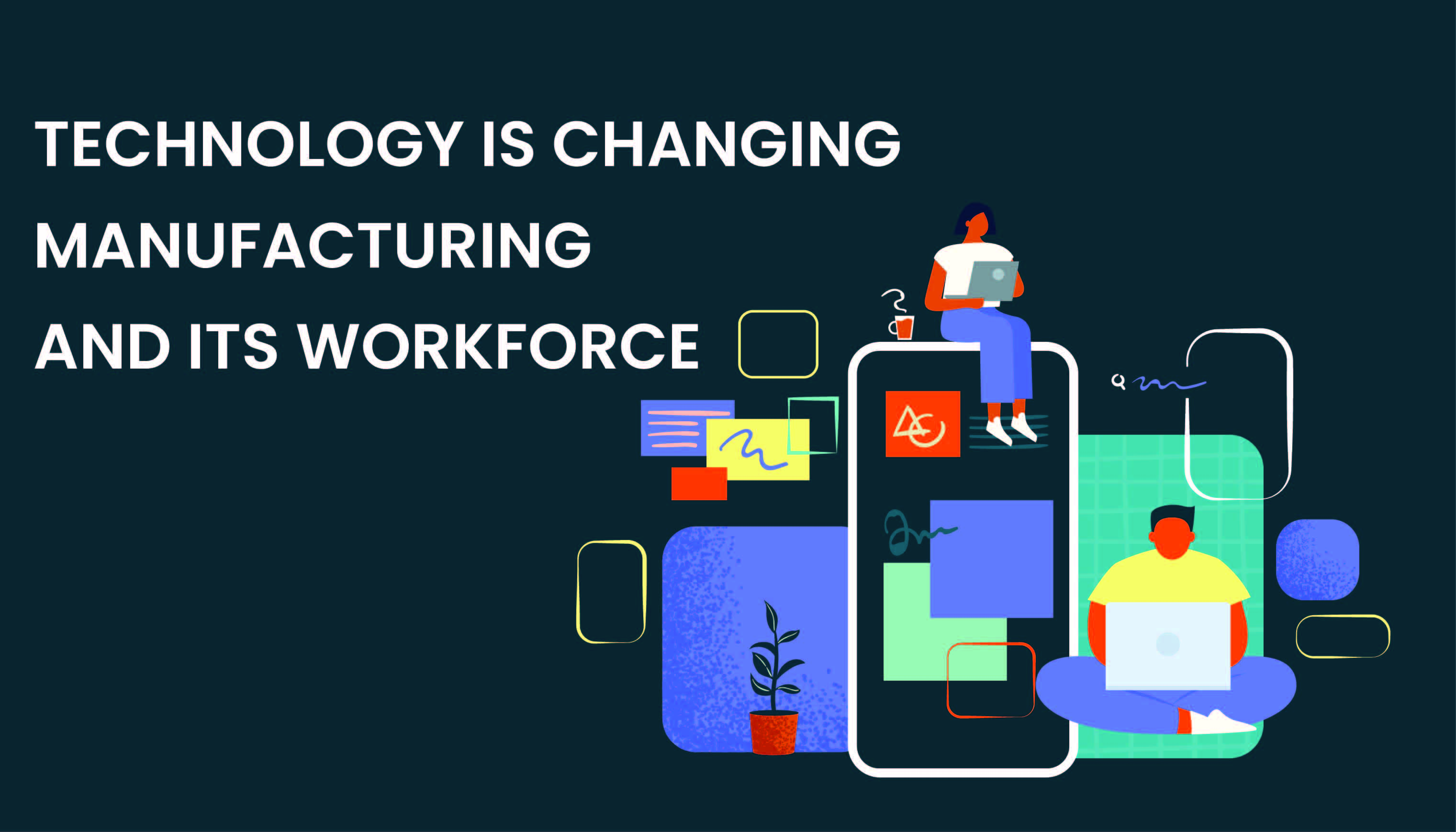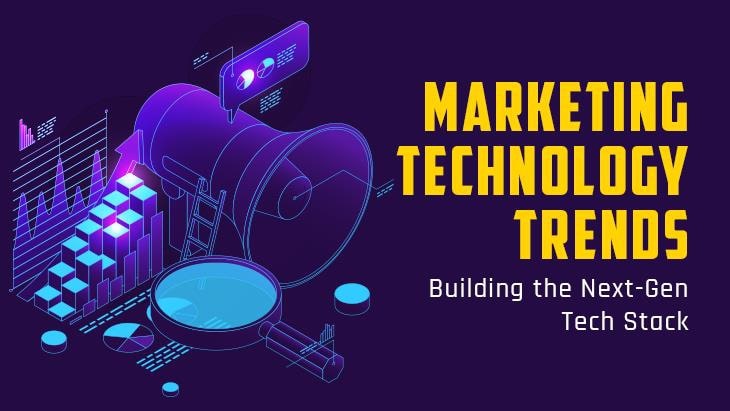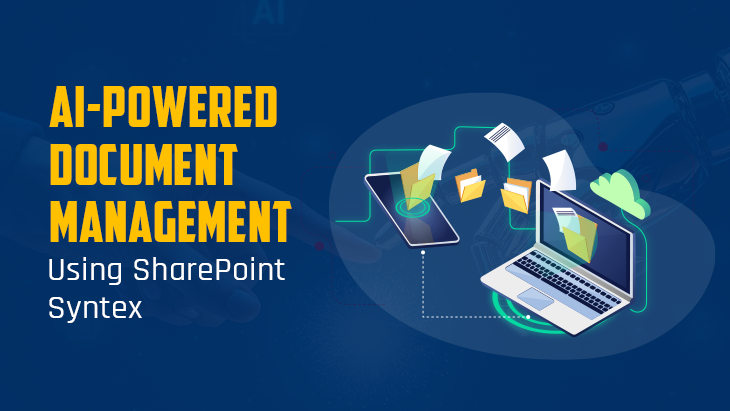“It has become appallingly obvious that our technology has exceeded our humanity.” – Albert Einstein
Technology undoubtedly has been on a rise since its advent. Its advancement has been impacting various aspects of human life – be it personal, or professional. Businesses are especially profiting from it. Of all the Industries changed by technology, manufacturing industries are the ones we’ll be taking a look at. Advanced manufacturing, Automation, Robotics, Internet of Things, (IoT), 3D Printing, Computerized Management Systems, Artificial Intelligence (AI), Augmented Reality (AR), Big Data, various Software Tools, etc. are various technologies, which have given the manufacturing industry a complete makeover. These Manufacturing technologies are thus impacting various manufacturing operations as well as its workforce and its demographics. Today we’ll take a look at what the impacts are and what are its causes – all in details.
What Are The Various Manufacturing Technologies?
When we are talking about the impact that technology has on the manufacturing industry, let’s first see these technologies, and how they contribute towards manufacturing –
-
Internet Of Things:
Internet of Things or IoT connects machines and devices with each other through internet, so that one device can communicate with another. With IoT manpower can be freed by using computer to operate the 3D Printer etc.
-
Robotics:
Employing a robotic workforce along with human workforce seems like a better idea. Robotic workforce is much efficient and well to maintain and can be considered as critical in the near future.
-
Software:
Software solutions for manufacturing includes, Resource planning, manufacturing process simulation, supply chain management, etc. which will ultimately improve accuracy and efficiency and can allow for manufacturing of an increasing varieties of products at a great speed.
-
Augmented Reality (AR):
AR, along with Mixed Reality (MR), creates a cutting-edge technology. Virtual reality training is increasingly being used alongside AR to provide immersive and effective learning experiences across various industries. It helps in improving training for safety, quality assurance, etc.
-
3D Work:
3D Work instruction lets the workforce learn while actually doing the work, and thus works as training in real work environment. It is more practical and effective tan classroom-based training through lectures and textbooks.
-
Data Analytics:
Data analytics in real-time helps in providing critical data in the right place, with the right context, and at the right time. Thus, it helps with decision making aspects to fix any manufacturing problems. Not only that, it enables the workers as well as network to become data-centric, having all the data right at their fingertips.
What Is The Impact Of Technology On Manufacturing?
Larry Summer, a well known economist, has said “If current trends continue, it could well be that a generation from now a quarter of middle-aged men will be out of work at any given moment.” This statement aptly describes the probable outcome which the current insurgence in Manufacturing technology is going to cause. Let’s understand them in details
-
Impact On Output:
Due to inclusion of technology, the manufacturing output is on an increase. Inclusion of technology has enabled manufacturers to become more efficient; so that within the past two decades the output has been continuously on an increase. With the rise of industrial robotics, complex tasks are being easily completed. Inclusion of computerized maintenance management systems allows for lower maintenance costs, fewer repairs, well maintained data and report, and even increased productivity.
-
Impact On Workforce:
As mentioned earlier, implementation of Manufacturing technologies such as Robotics, CMMS, etc. help in increasing output of the manufacturing industry, however, on the other hand it is decreasing the need of labour. Thus, on one hand money is being saved and output increased; and on the other hand there are no additions in manufacturing jobs. In industrialized nations, statistics shows that with robotics and automation, there has been about 16% saving in labour costs. All this has had a varying degree of effects on the workforce as well as the employment structure; such as the change in the volume and nature of labour. With decreasing need of manual labour, there is also an increase for employment for skilled workers. They need to be technology savvy so that they are able to operate all the technical aspects.
-
Impact On Education:
With implementation of technology, there is a demand for highly skilled workforce in manufacturing industry such as biomedical engineers, software developers, system analysts, etc. However, this increasing demand is causing a shortage of workforce which is qualified enough for these positions. Also, the present training methodology seems to be falling short of enabling this. Thus, this also highlights a need to come up with a newer curriculum for schools, colleges so as to train students in Science, Technology, Engineering, and Maths (STEM).
All the above mentioned are the various ways in which technology is slowly but surely changing the manufacturing industry as well as Workforce. In conclusion we can say that it has helped in increasing the outputs with less manual labour, saving costs, training the workforce, using robotics and IoTs. This becomes important in the light that the consumers increasingly demand for intelligent, responsive, individualized, and updated products. Without a doub, Technology is a future the manufacturing industry can bank upon.
















Post Comments